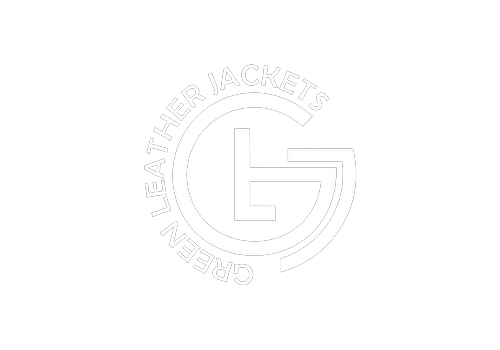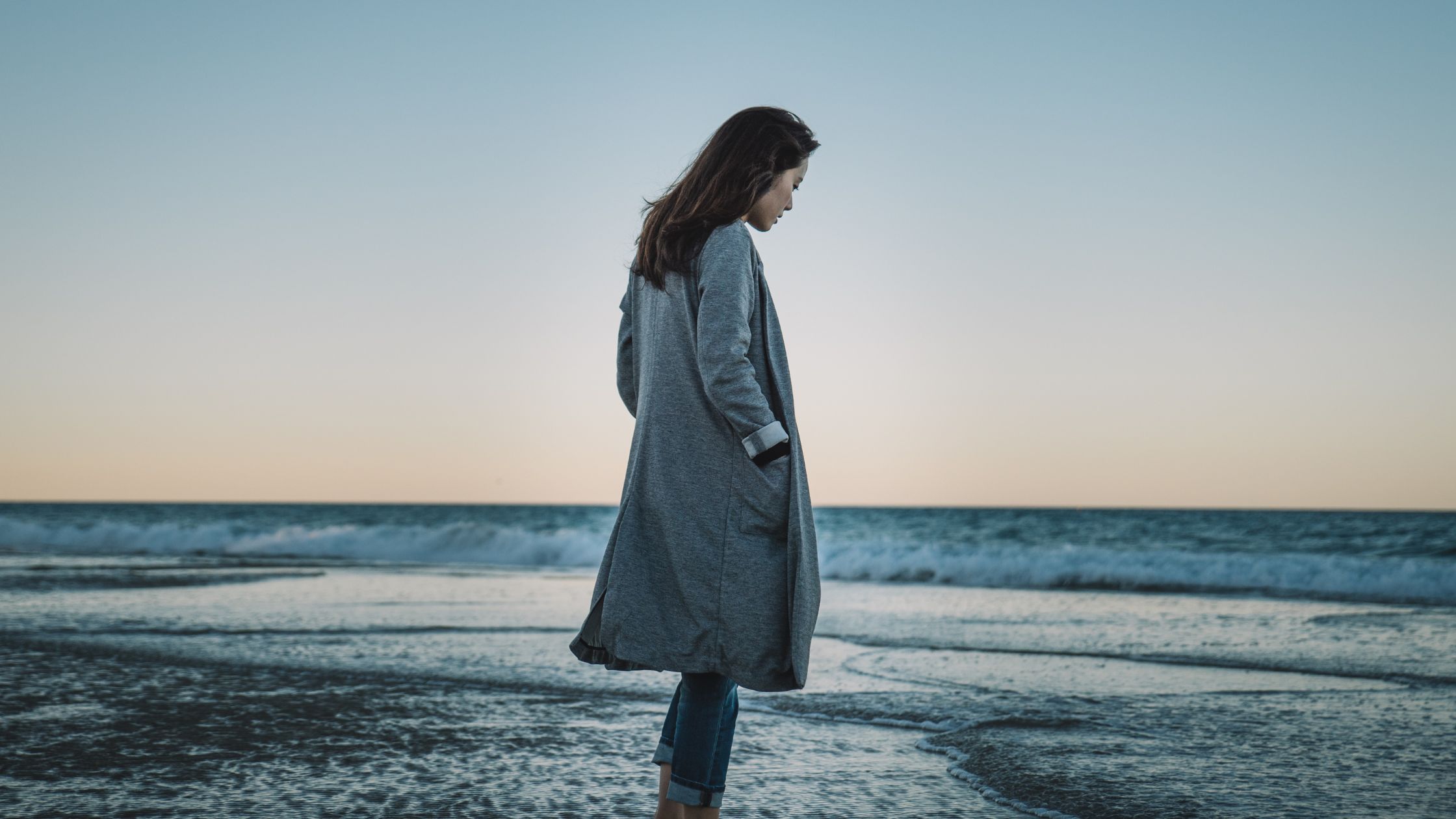An overcoat is a specific kind of long coat that is meant to be worn as the top layer of clothing and typically falls beyond the knee. Winter is the season when overcoats are most frequently worn since warmth is a priority.
Topcoats, which are shorter and stop at or above the knees, are occasionally mistaken for them or used in their place. Outercoats is the collective term for topcoats and overcoats.
Topcoats, in contrast to overcoats, are typically constructed from lighter-weight fabrics like gabardine or covert, whereas overcoats are typically made from heavier fabrics, like leather or fur.
Coats and gowns that fall below the knee have been used for centuries in various nations, frequently for formal occasions to establish social standing or as part of a professional or military outfit. The overcoat was widely popularised and made available to all social groups in the 17th century.
The typical overcoat profile in the West has mostly not changed for a very long time. Very form-fitting clothing with side bodies, waist seams, and a flared skirt was in style during the Regency. Paletots and frock coats are two examples of this.
By the conclusion of the Victorian era, the over-frock coat gradually gave way to the looser forms that are more prevalent today, including the Chesterfield coat. Prior to that, most coats had double-breasted fronts, but Chesterfields and related styles, like the guard’s coat, were worn with both single and double-breasted fronts.
Full-length overcoats have been less popular in recent years, and double-breasted ones are far less frequent.
Since at least the late 18th century, armies have worn overcoats in a variety of shapes. These garments were particularly common during winter campaigns like Napoleon’s Russian campaign. The adoption of the trench coat during World War I helped to popularise the full-length overcoat once more.
The army normally wore single-breasted overcoats, while navies frequently used double-breasted overcoats. Up until the middle of the 1940s and the 1950s, when they were judged impractical, overcoats were still worn as battle attire.
They are still distributed and used, nonetheless, in colder nations like the former Soviet Union. Even there, the overcoat started to disappear as more practical garments and synthetic fibers became widely accessible.
Types of Overcoats:
- The European militaries, especially those of the former Soviet Union, are known for their use of the Greatcoat, a bulky overcoat with numerous shoulder capes.
- The Redingote is a long, fitting coat for men or women that takes its name from the English riding coat and when made in leather called the leather riding coat.
- The Frock overcoat is a formal daytime overcoat with a waist seam and significant waist suppression that is typically worn with a frock coat and when made in leather called the leather frock overcoat.
- The Ulster coat was a working daytime overcoat that at first had a cape top concealing the arms but later did not; after losing its cape, it changed into the polo coat and when made in leather called the leather polo coat.
- A traditional daytime or evening overcoat with wings sleeves, the Inverness coat and when made in leather called the leather Inverness coat.
- The Paletot coat is a side-bodied coat that can be worn as a slightly less formal option to the frock overcoat.
- A coat with even less shaping than the Paddock.
- The Chesterfield coat is a long, narrow-waisted overcoat.
- The Covert coat is a traditional single-breasted, straight-cut, brown/fawn country coat that has gained acceptance for wearing in the city with both tweed and a suit. The cuffs and hem are stitched in a distinctive pattern with four lines. Additionally, it has two side pockets and a fly-front fastening. Velvet is occasionally used to make the collar.
- Churchill made the British Warm, a taupe, slightly curved, double-breasted greatcoat made of the strong wool Melton fabric, famous. The British Warm was originally created for British officers during the First World War. The epaulets are typically removed in the civilian version.




